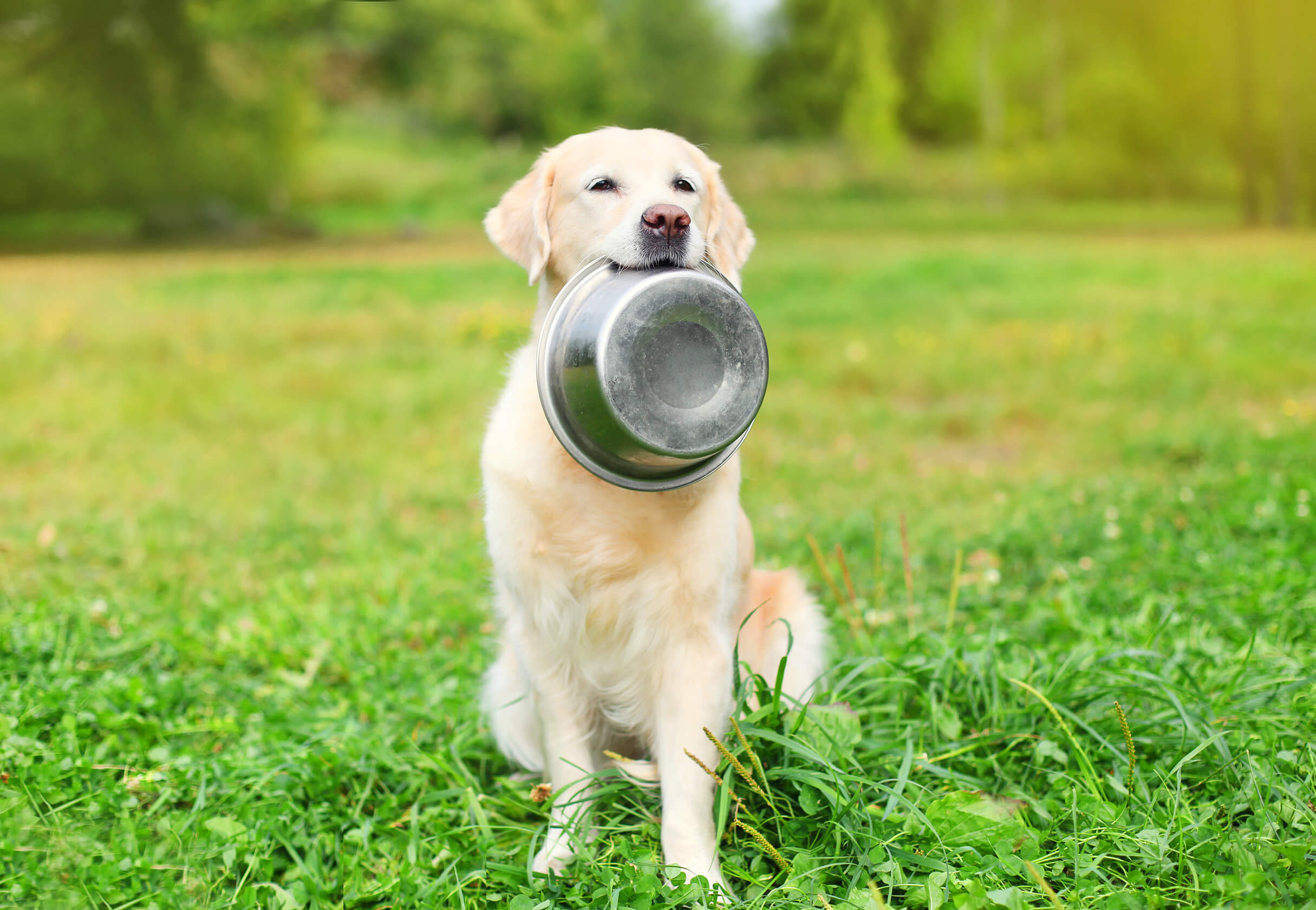Dietary Fat & Essential Fatty Acids

Isn’t fat bad for my pet?
- No, it is not. In fact, fat is necessary for our cats and dogs to thrive. Fats are the second most important nutrient in our pet’s diet, next to protein. In the wild, nearly half the calories wild dogs eat are from fat. Contrary to popular belief the rise in canine obesity has nothing to do with fat, and everything to do with the rise in carbohydrate rich modern, processed pet foods.
- There really is no “good” or “bad” fat; there is Facilitative or Functional. Facilitative fats are saturated fats that provide a host of benefits for our cats and dogs. They improve the taste and texture of food, convert to energy to fuel our pets, form the membranes of all the body’s cells and assist in the digestion and absorption of fat-soluble vitamins like A, D, E and K. Functional fats are usually essential fatty acids (EFAs) and are more commonly known as omega 6 and omega 3 fats. These EFAs are vital to our pet’s health.
What are essential fatty acids & how can I give them to my pet?
- Essential fatty acids are fatty acids that humans and other animals must ingest through food or supplements because the body requires them for good health but cannot make them.
- Omegas 3 & 6 benefit our pets greatly when they are balanced. EFAs, primarily Omega 3s, help our pets to maintain healthy skin, coat, and strong joint tissues while supporting cognitive function and the cardiovascular system. Their aim is to help balance and regulate the immune system and to reduce excessive inflammation that creates allergy symptoms, joint pain and many other chronic conditions.
- We recommend feeding a raw, species appropriate diet like Steve’s Real Raw Food, K9 Kravings, Answers, Primal, Tucker’s or Stella & Chewy’s Raw Diet. EFAs are unstable and begin to oxidize when they are exposed to oxygen, light and heat. This means that dry and canned foods are depleted of their EFAs when they are cooked. Feeding a raw food diet and adding in supplements like Ultra Oil, which is made with anchovies, sardines and hemp oil, or Grizzly Omega Salmon Oil is how we can ensure that our pets are getting the EFAs they need.
Resources
- https://www.whole-dog-journal.com/issues/2_7/features/Essential-Fatty-Acids-For-Dogs_5237-1.html
- https://www.dogsnaturallymagazine.com/omega-3-for-dogs-the-ultimate-guide/
- https://healthypets.mercola.com/sites/healthypets/archive/2010/10/14/facilitative-or-functional-fats-for-pets.aspx
- https://www.whole-dog-journal.com/issues/2_5/features/Nutrient-Levels-in-Dog-Food_5206-1.html
- https://animaltherapymedia.co.uk/its-fat-and-good-for-your-dog/


